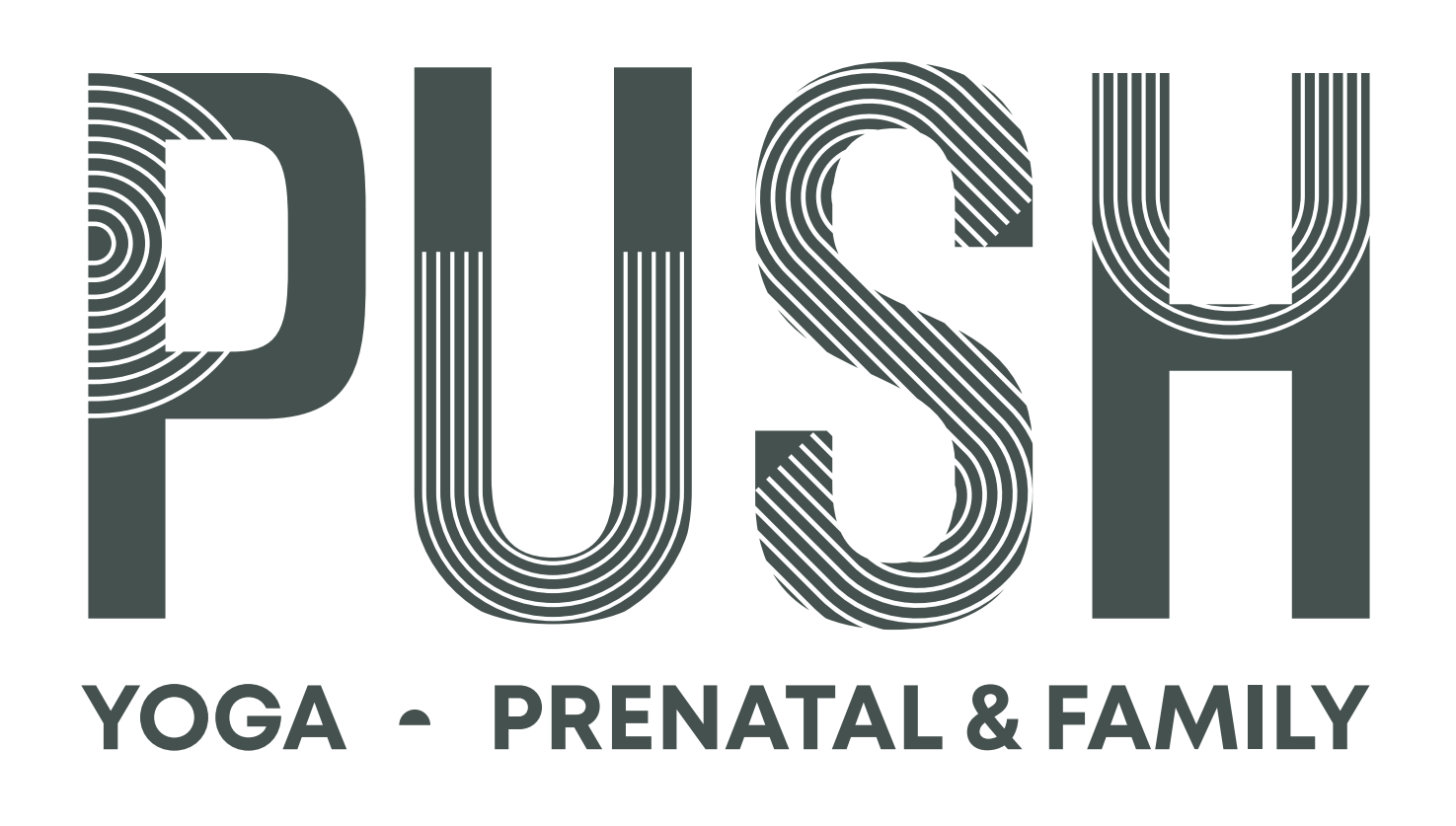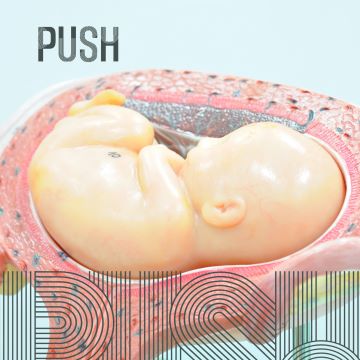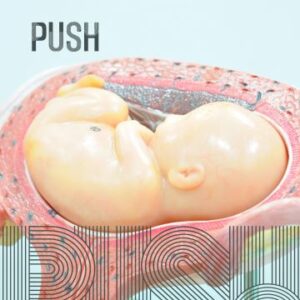When preparing for childbirth, most expectant parents envision their baby settling into a head-down position, ready for delivery. However, about 3-4% of full-term pregnancies result in a breech presentation, where the baby’s buttocks or feet face the birth canal instead. While some breech babies turn on their own before labor, others require intervention to encourage optimal positioning. Understanding breech presentation and the natural methods available to address it can provide parents with peace of mind and proactive strategies.
What is a Breech Baby?
A baby is considered breech when they are positioned feet-first or bottom-first in the uterus rather than head-down (cephalic position). There are three main types of breech presentation:
- Frank Breech: The baby’s buttocks are down with their legs extended straight up toward their head.
- Complete Breech: The baby’s buttocks are down, and their knees are bent, resembling a cross-legged position.
- Footling Breech: One or both feet are positioned to come out first.
Breech positioning can result from various factors, including uterine shape, low amniotic fluid, multiple pregnancies, or premature birth. Regardless of the cause, parents can explore several non-invasive methods to encourage a head-down position.
Non-Invasive Techniques to Encourage Baby’s Optimal Positioning
Yoga for Breech Babies
Prenatal yoga is a gentle and effective way to create space and balance in the pelvis, which can encourage a breech baby to turn. Specific yoga poses help align the body, relieve tension, and promote flexibility. Here are some beneficial poses:
- Cat-Cow Pose: This position allows the belly to hang naturally, creating more space for the baby to move.
- Child’s Pose: Helps relax the pelvic area and provides a gentle stretch.
- Bridge Pose: Elevating the hips can encourage the baby’s head to settle into the pelvis.
- Forward-leaning Inversion: This Spinning Babies™ technique overlaps with yoga and involves kneeling on a raised surface and leaning forward onto the ground, allowing gravity to create space for repositioning. This pose is similar to the yoga pose known as Downward Dog.
Prenatal yoga encourages relaxation and strengthens the connection between body and mind, making it a valuable tool for addressing breech presentation.
Spinning Babies Techniques
Spinning Babies™ is a popular program designed to promote optimal fetal positioning through maternal movement and body balancing techniques. Their approach focuses on addressing tension and imbalances in the uterine and pelvic ligaments. Key techniques include:
- The Breech Tilt: Lying on a slanted surface with hips elevated higher than the head encourages gravity to assist the baby in flipping.
- Side-lying Release: A stretch that helps loosen tight pelvic muscles and ligaments.
- Rebozo Sifting: Involves gently shaking the belly using a scarf or shawl to relax the abdominal muscles and create more room for movement.
Spinning Babies techniques are safe and easy to incorporate into daily routines with guidance from a trained practitioner or by following their instructional materials.
Chiropractic Care: The Webster Technique
Chiropractic care, specifically the Webster Technique, is a widely recommended method for addressing breech babies. This gentle chiropractic adjustment focuses on balancing the pelvis and reducing uterine constraints. Developed by Dr. Larry Webster, this technique aims to:
- Improve pelvic alignment.
- Relax uterine and pelvic ligaments.
- Create optimal space for the baby to turn naturally.
Many chiropractors trained in prenatal care offer the Webster Technique, making it a non-invasive and effective option for encouraging proper baby positioning.
Acupuncture and Moxibustion
Traditional Chinese Medicine (TCM) offers another pathway to address breech presentation through acupuncture and moxibustion. Acupuncture involves inserting fine needles into specific points on the body to stimulate energy flow and balance. For breech babies, practitioners often target points that promote uterine relaxation and movement.
Moxibustion complements acupuncture by using heated moxa sticks (made from dried mugwort) to stimulate an acupressure point on the little toe, known as BL67. The heat and stimulation are believed to increase fetal activity, giving the baby an opportunity to turn. Studies have shown that acupuncture and moxibustion can be effective in facilitating a baby’s transition to a head-down position, particularly when used in conjunction with other methods.
The Role of Massage in Optimizing Baby Positioning
Massage therapy can also play a significant role in encouraging optimal baby positioning. A prenatal massage therapist can:
- Release tension in the lower back and hips.
- Improve blood flow to the pelvic region.
- Relax uterine and abdominal muscles.
Techniques like myofascial release and deep tissue massage can address tightness in the pelvic and lumbar areas, creating an environment conducive to fetal movement. Additionally, massage promotes overall relaxation, which can help reduce stress hormones that may contribute to uterine tension.
Additional Tips for Encouraging a Head-Down Position
- Maintain an Active Lifestyle: Gentle exercises like walking or swimming can help keep the pelvis mobile and encourage fetal engagement.
- Use an Exercise Ball: Sitting on a birthing ball and performing pelvic tilts or circular motions can aid in opening the pelvis.
- Stay Hydrated and Nourished: Proper hydration and nutrition support uterine health and overall well-being.
- Mindset and Visualization: Positive affirmations and visualizing the baby turning head-down can complement physical efforts.
When to Seek Professional Help
While natural methods are effective for many, some breech babies may require additional medical intervention. External Cephalic Version (ECV), a procedure performed by a healthcare provider, manually turns the baby into a head-down position. It’s important to consult with a healthcare provider throughout the process to ensure the safety of both mother and baby. Combining professional guidance with natural methods provides the best chance for a successful outcome.
Medical Disclaimer
Always consult your healthcare provider before trying any new techniques or exercises for the first time, especially during pregnancy. Ensure that you are guided by a doctor, properly trained instructor, or certified professional to prioritize safety for both you and your baby.


